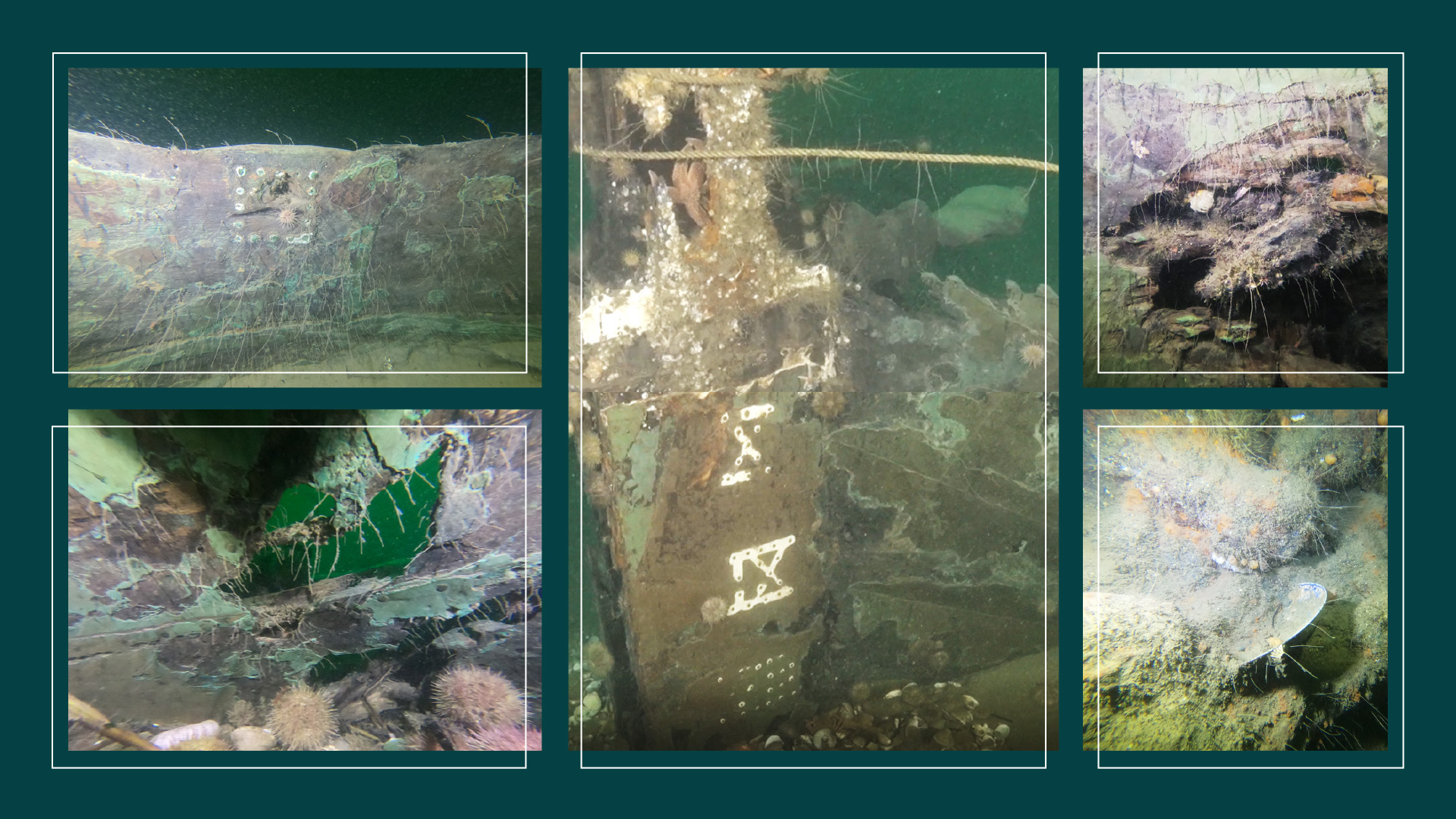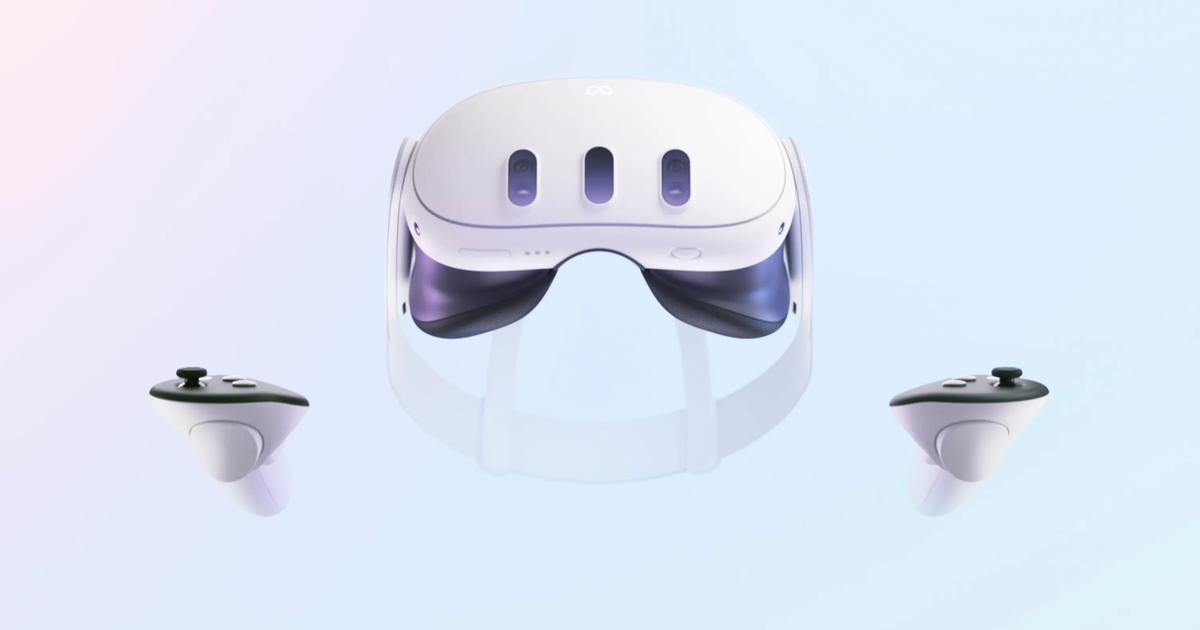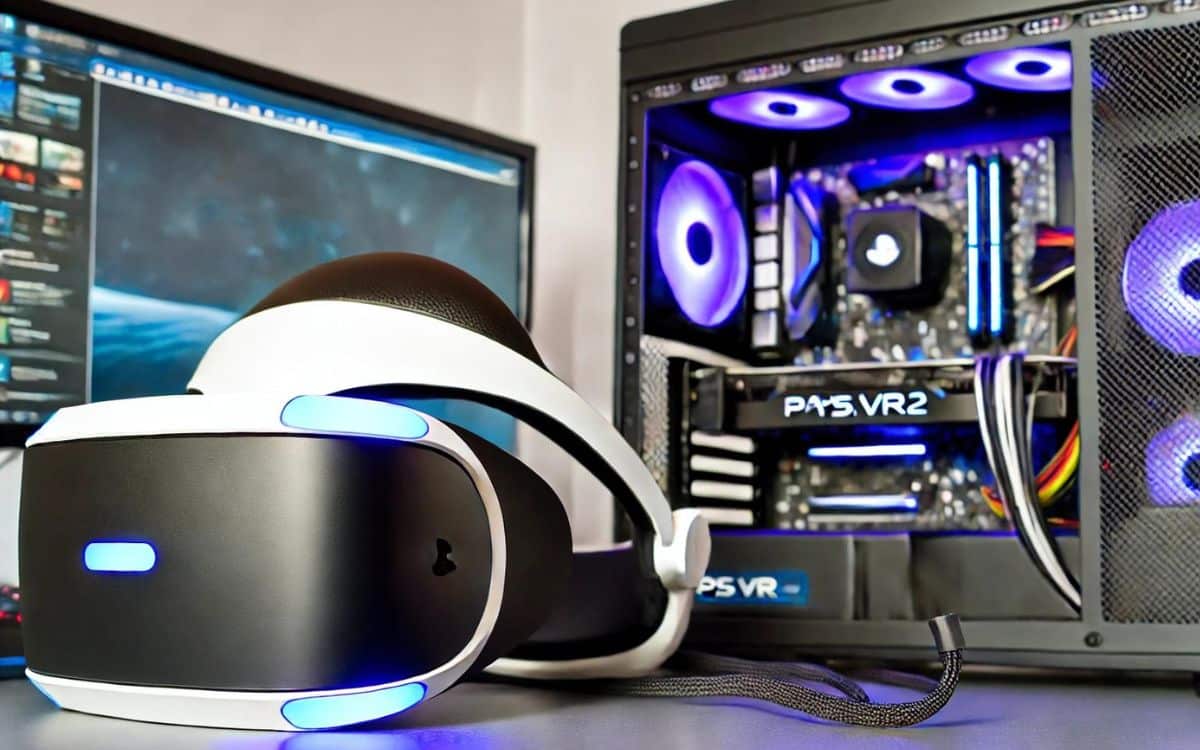Setting off unassisted in the difficult waters of St. Lawrence, on November 20, 1846, the captain of a merchant ship Scottish Seal the fate of eight of its nine crew members. They never returned to Liverpool, England, after their visit to Montreal. Like about sixty other boats between 1730 and 1905, it was Scottish A ship wrecked near Ile de Bic and Ile Becket, off Bas Saint Laurent.
“It’s a ship that had a busy life. After its construction, from 1834 to 1846, he went privately to Russia and the Caribbean. He even went to Chile before the opening of the Panama Canal. He had to leave Scotland, sail up to Argentina and sail to the Pacific,” says Vincent Delmas, a land and underwater archaeologist at the Institute for Research in Maritime History and Underwater Archeology (IRHMAS). He is leading a project launched in 2018 that will soon make it possible to create a digital version of the wreck as it is currently under water, which will be particularly useful to researchers, to protect the heritage and value of the site, inaccessible to ordinary people.
Four reasons why Scottish The ideal candidate for digital reconstruction: it is one of the last wooden ships across the Atlantic, its discovery is very recent (2002), the wreck is hard to come by and still in good condition.
“At first, we thought we were highlighting several shipwrecks, but in the end we preferred to spot just one wreck, but well,” explains Vincent Delmas. The project is taking shape following efforts over the past few years to identify various debris buried at the bottom of the St. Lawrence River.
Recreate a file Scottish and 3D
A team of divers re-visited Scottish In September 2020 to take photos and videos of the wreck, with the goal of creating a 3D digital version.
“It was difficult,” Vincent Delmas admits. Because of ocean currents and tides, divers can only go twice a day. The debris settled on a sandy bottom 30 meters deep, and the images obtained were not of high quality.
“We had to use several AI techniques to improve it,” explains Vahé Vardanyan, AI researcher and developer at the Center for Development and Research in Digital Intelligence (CDRIN) in Matan. In particular, the machine learning model has been trained to improve the brightness of images and correct colors.
The software was then used to convert photos and videos into a 3D model, a technique known as photogrammetry. “It’s not perfect, we haven’t been able to get everything back, but the end result is still good,” said Vahi Vardanian. We can see various items from the wreck, 25 meters long and 6 meters wide, as the cargo (wooden barrels are always well wired, which probably contains grain).
You can also see the plants and animals that now live in the wreck. “It colonizes 30 to 40 species of animals, especially sea urchins and starfish,” explains Vincent Delmas.
To complete the 3D model, divers will return to the wreck in August to take new photos. “This time, we’ll be shooting with an ROV, an underwater drone guided from the surface,” notes Vincent Delmas. The technology should allow for longer filming, in addition to being safer (a personal picnic will still be necessary for soil sampling).
There are several reasons why archaeologists recreate a 3D wreck in this way. “It gives us an overview that we don’t have when diving, due to poor visibility,” confirms Vincent Delmas. Making such a model also allows you to see details that were not noticed during shipment. “We have observed, for example, glass prisms in Scottish, allowing light to pass through.”
The work can also be published and then used by other researchers and archaeologists.
Upcoming virtual reality exhibition
The scientific community alone will not be able to benefit from Scottish. The 3D model will also be used to create a virtual reality experience signed by Montreal studio Super Splendide.
“The visitor will be able to freely explore the wreck, and will be able to learn about both the remains and objects, animals and plants. As far as I know, this is the first,” explains Vincent Delmas, who hopes the exhibition will help draw Quebecers’ interest in their heritage and antiquities. The archaeologist does not hide his desire to highlight other shipwrecks in this way.
Exhibition Scottish In virtual reality at the Maritime Museum of Quebec, at L’Islet-sur-Mer, in 2022.

“Certified gamer. Problem solver. Internet enthusiast. Twitter scholar. Infuriatingly humble alcohol geek. Tv guru.”





